Description
Parameters and Specifications:
Processor: The PLC is equipped with a low-power Pentium III-M/Celeron processor.
Front-End Bus Frequency: 133/166MHz.
Memory: It comes with 256MB of on-board memory, and supports an additional 144-pin PC133 SODIMM memory module for a total of 768MB (512-Mb technology).
BIOS: 2/4M Phoenix Flash BIOS.
ACPI Support: Supports Advanced Configuration and Power Interface (ACPI) for power management.
Expansion Slots: Offers 1 PCI expansion slot.
I/O Interfaces: Includes 2 IDE interfaces supporting ATA33/66/100/133 transmission, 6 RS-232 TTL serial ports, 1 parallel port with SSP/ECP/EPP support, 6 USB 2.0 ports, and a PS/2 keyboard/mouse interface.
Networking: Provides 1 RTL8100C 10/100M Ethernet controller with an RJ-45 interface.
Graphics Controller: Uses an Intel high-performance 2D/3D/DirectX graphics acceleration controller.
Voltage: 24VDC.
Dimensions and Weight:
Dimensions: 200mm x 190mm x 50mm.
Weight: Approximately 2KG.
Features:
High Reliability and Anti-Noise Capability: The PLC is designed for use in harsh industrial environments, with strong anti-noise capabilities and high reliability, ensuring consistent performance even under adverse conditions.
Versatile I/O Options: It provides a range of digital and analog input/output options, suitable for various control and monitoring tasks.
Central Processing Unit (CPU): The PLC’s CPU performs the core tasks of interpreting and executing user and system programs, controlling the entire system’s operation.
Memory Modules: The random access memory (RAM) module stores internal PLC data, including input/output information, relays, shift registers, data registers, and timers.
Communication Capabilities: The PLC supports communication with other PLCs, computers, and other intelligent devices, enabling data exchange and distributed control systems.
Functions:
Automation Control: The PLC serves as the brain of industrial automation systems, controlling various devices and processes based on programmed logic.
Switching Logic Control: It performs basic switching logic control tasks, such as timing, counting, and logic operations, replacing traditional relay systems.
Motion Control: The PLC supports motion control, with drag and servo motor control modules for precise positioning and movement.





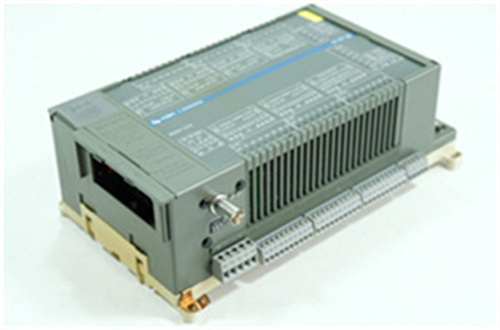
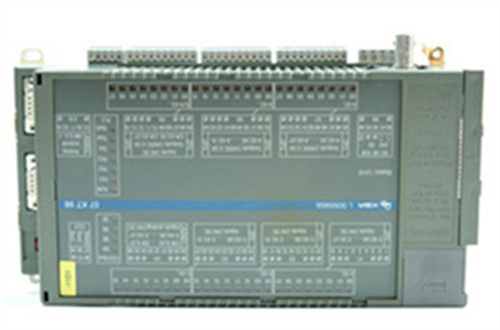
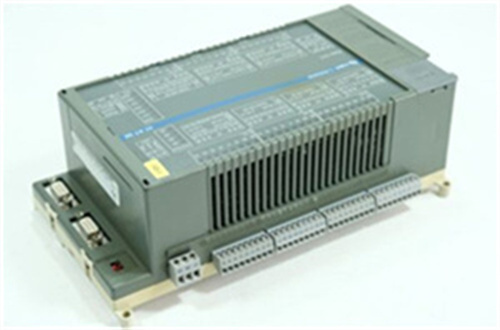



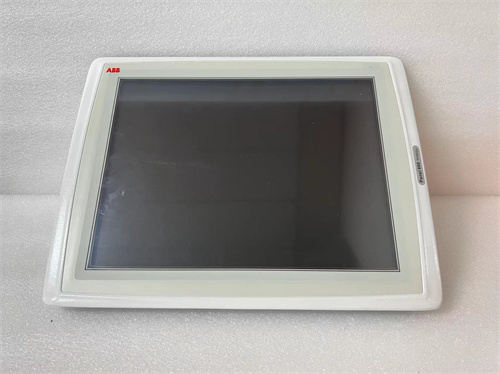
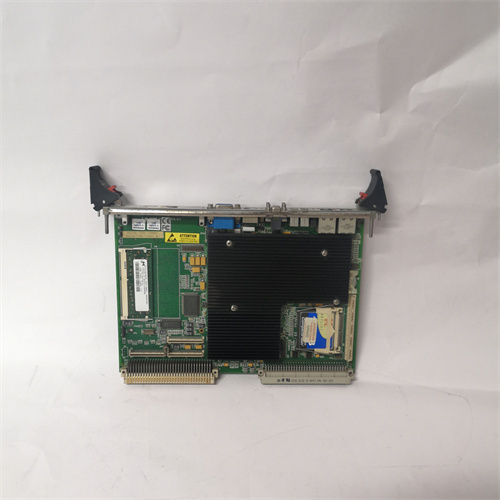
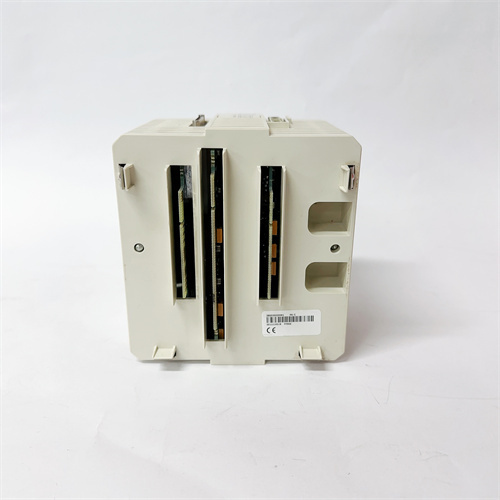

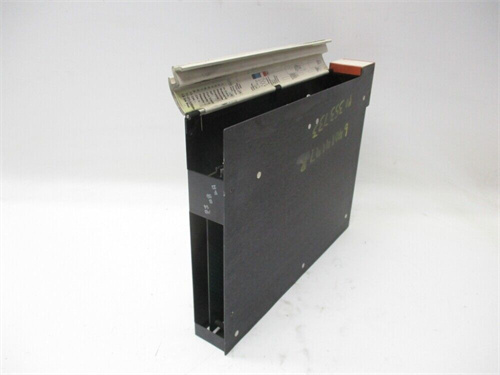

Reviews
There are no reviews yet.